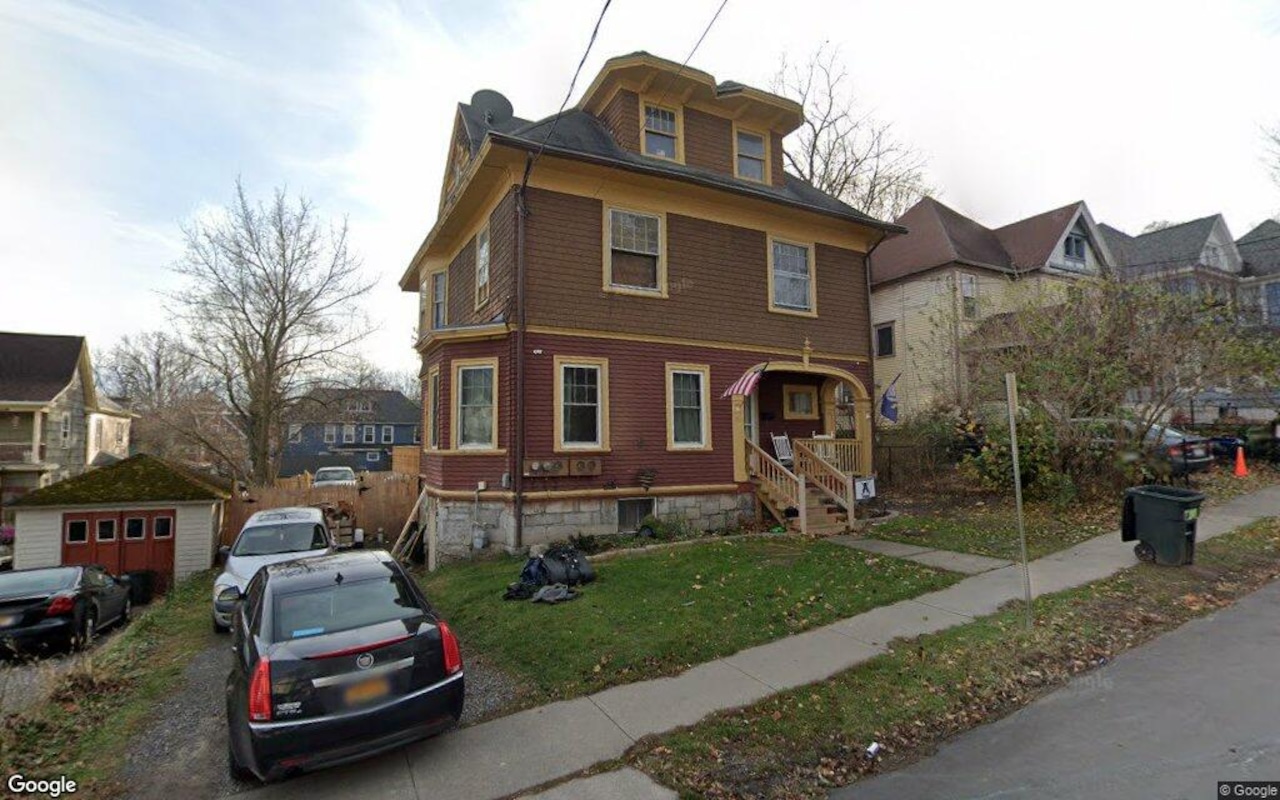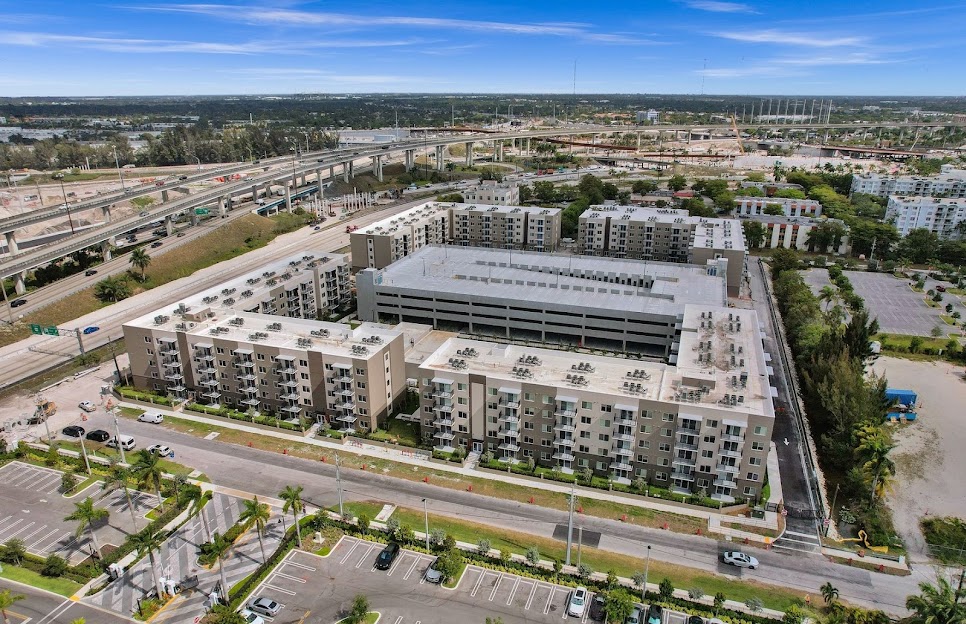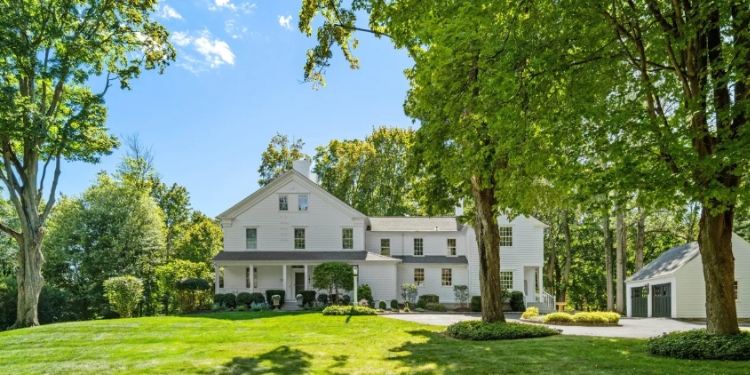A
recent survey of 1,000 U.S. adults reveals a shift in how people perceive affordable housing due to the ongoing housing crisis. The poll found that more than half of respondents believe they pay too much for their homes, with the average person spending 42% of their annual income on housing-related costs.
Many parents are concerned about their children's ability to afford living in the same neighborhood as them, with over four in ten saying they're unsure or don't think it's possible. Those who feel they're paying too much often blame high local costs and a notorious reputation for expensive housing.
The survey was commissioned by Built and conducted by Talker Research. It found that 63% of respondents view affordable housing positively, more than other forms of multi-family housing such as townhomes or apartments. However, there's confusion about what affordable housing means, with some believing it's only for low-income people or those living under the poverty line.
Despite this, a significant majority – two-thirds – would be willing to live in or next to an "affordable housing" home, and 53% would react positively if their neighbor was converted into affordable housing. Many believe that affordability challenges have become mainstream and that homeownership is becoming increasingly difficult for many Americans.
The study also found that 73% of respondents think it's essential to have plenty of available housing options in their area, and a similar percentage believes all housing costs should be stabilized. However, 41% feel their local city doesn't have enough housing to meet people's needs. When asked about policies to address the crisis, respondents were most supportive of converting surplus buildings into housing and requiring new developments to include affordable units.
According to Chase Gilbert, CEO of Built, policy decisions are crucial but only part of the solution. He emphasizes that funding must flow into real projects for construction to begin, rather than remaining stagnant.














